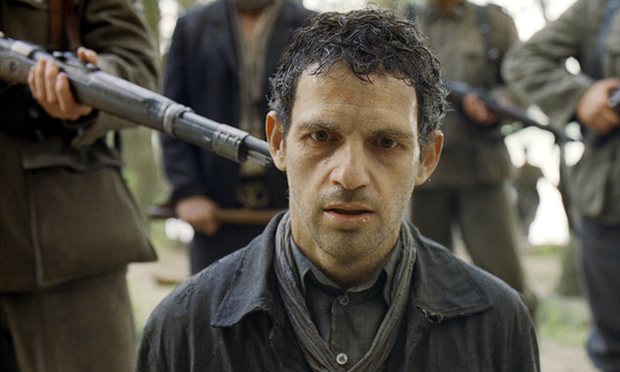
Much of mainstream cinema can seem like it’s created too carefully so as not to upset its audience: the narratives too clear, the plot easily resolved, the images inoffensive, and the subject matter stale.
We often aren’t challenged by such works and never have to leave our comfort zone. This is why it’s vital when filmmakers create works of certain difficulty, films which test their audience. Whether it be the ideas portrayed or the images presented, uncomfortable films shouldn’t be automatically recoiled from but commended and considered.
For the films on this list have been chosen because their greatness transcends their difficult surface; if one commits to what they’re witnessing then there’s cinematic quality to be found after the challenge.
1. Hunger
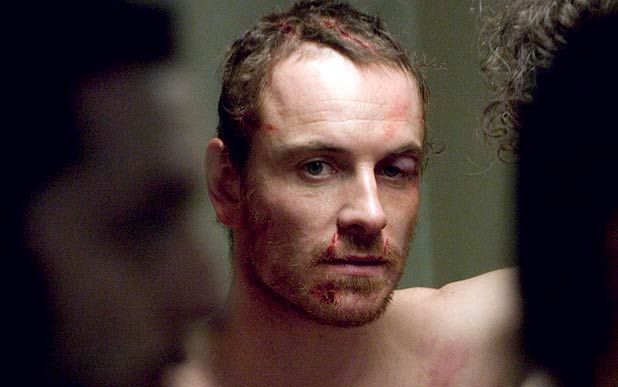
Steve McQueen was a noted visual artist who transferred his talents to cinema with his debut feature Hunger (2008), a historical drama about the 1981 Irish Hunger Strike. Michael Fassbender plays the freedom fighter Bobby Sands, who led the IRA hunger strike to regain political prisoner status after it had been revoked by the British government. The conditions for the prisoners in the Maze prison were horrific and McQueen doesn’t spare his audience from the true state of life inside: we see beatings conducted merely to cut each prisoner’s hair; the prisoners use their own feces to flood the prison corridors.
For a large part portion of the film, the narrative is secondary to our complete immersion in a disturbing actuality of the prisoners’ terrible circumstances. Many scenes are difficult to face in their brutal honesty. At one point, the naked prisoners are harassed, as one line, through a barrage of club-wielding policemen in full riot gear, before one of the policeman explodes out of revulsion and disgust at what he’s just witnessed and enforced.
It’s a prison film of the rawest order. It’s also an impressive art picture, without ever detracting from the events and story. There are beautiful scenes of cold majesty, a balancing of the brutality shown elsewhere. Hunger also gains importance through another act of balance, in its representation of not just the oppressed but the oppressor too; indeed, the film surprisingly opens on one of the Maze prison guards, as he prepares for another torturous day at work.
Those unfortunately tasked with keeping order are humanised, as we see them upset by what they witness, frustrated by their chosen lives. While it’s clearly a film that takes a side – Sands and the oppressed prisoners are the obvious victims who we empathise with – it’s a tremendous and delicate touch to offer humanity to others in the picture.
Hunger, amidst the often-silent beauty of its haunting sequences, has a theatrically long conversation between Sands and a priest which is given extra credence due to its placement and distinguishability. In it, the prisoner outlines his thoughts on life, death, his cause, his friends and their fight. It’s a masterful acting performance by Fassbender and is a perfect summation of McQueen’s film: in the end, it’s not just about the political rights or wrongs of the British in Ireland, but about human beings, ready to give their bodies to a cause they believe in above anything else.
2. Antichrist
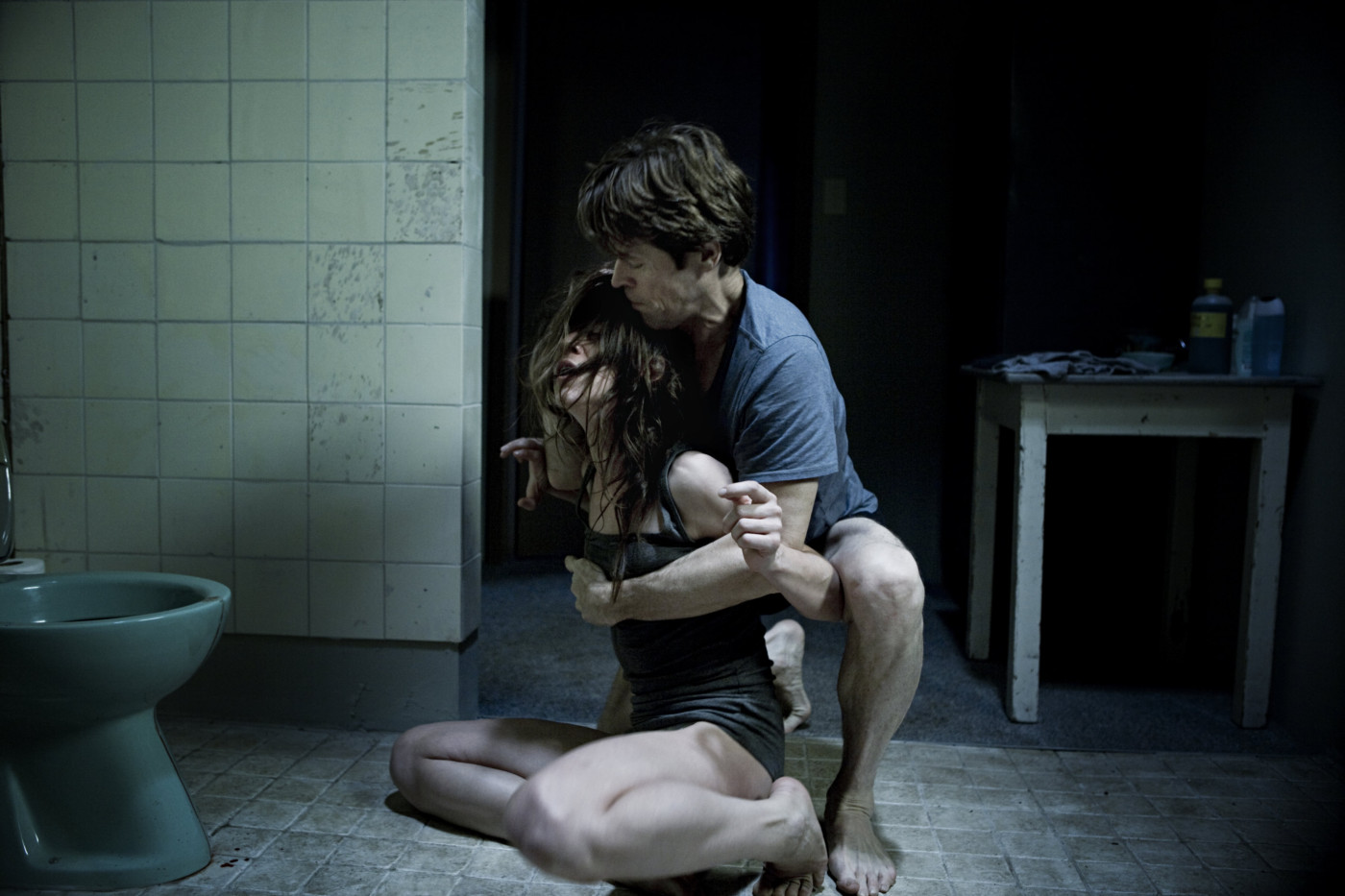
Lars von Trier is perhaps the filmmaker on this list who tortures and goads his audience most consistently: each of his films feels like a ferocious emanation from his own twisted and depressed psyche. Indeed, Antichrist (2009) came to fruition in the middle of a deep depressive period for the director, which he admits openly; it also forms the first part of his unofficial ‘Depression Trilogy’, followed by Melancholia (2011) and Nymphomaniac (2013).
It follows a couple, played by Willem Dafoe and Charlotte Gainsbourg, who retreat to a cabin in the woods in response to the tragic death of their only child. It’s not long before the man, referred to as He, and the woman, referred to as She, succumb to strange visions and violent behaviour in trying to deal with their blackening grief. Antichrist was greeted with loud and unanimous jeers upon presentation at Cannes, and it’s not difficult to understand why, for it’s a horrific film in many ways.
There are numerous deeply graphic scenes of both torture (genital mutilation features) and sex as von Trier spares nothing in his commitment to unleashing his nightmarish scenario. If the viewer doesn’t fully give themselves to the experience, much the same way that the two lead actors do, then the film can be overly repellent.
The sense when watching a von Trier film such as this is of a man making films about what he knows; clearly, he is a person who intimately knows mental illness. That’s why the visceral Antichrist can resonate: grief and depression are never easy to contend with and can leave the sufferer feeling alienated or dislocated. If we were to venture to this wooded Eden to deal with our demons, it’s unclear if we’d make it out the other side either.
There have been many readings of the film, largely depending on the viewers’ own personality or background (accusations of misogyny and ideas of psychology are frequently cited), but what can be agreed on is that von Trier has executed a singular vision in Antichrist: it’s a rare film that feels like it wholly came from the dark realms of its creator’s mind, without interference or influence. Antichrist will provoke, it will madden, but in its contending with a tormented soul, it has much to merit. Rather von Trier venture to such places than you or anyone you know.
3. Au Hasard Balthazar
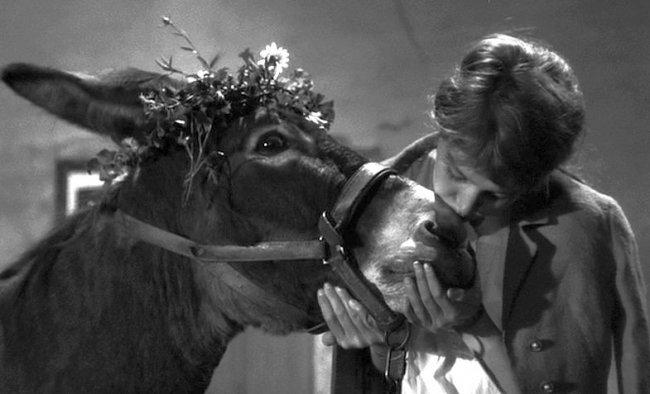
Au hasard Balthazar (1966) is often cited as Robert Bresson’s supreme masterpiece, and with good reason. It’s a profoundly emotional and perfectly realised piece by a director in complete control of his ideas and abilities. It’s also, however, a difficult watch for any person, or should be at least. Inspired by Fyodor Dostoyevsky’s novel The Idiot, the film follows the life and death of a donkey in France. The donkey has many owners, most of whom treat him terribly.
The film is formed in Bresson’s idiosyncratic, ascetic style; everything is pared back, leaving only the bare necessities. This code heightens the uncomfortable viewing experience, for there is nothing to distract the viewer from the intense and unapologetic suffering of the donkey. By resisting appeasing his audience, the inhumanity of humanity is all too clear.
This, conversely, is what also makes Au hasard Balthazar an immense experience: Bresson’s stripping off his narrative forces us to contend with the wicked nature of humanity in the symbolic abuse of this helpless animal. The film never allows for respite and it builds to its overwhelming final scene, a deeply affecting image that seems sadly befitting of what’s transpired before it.
Jean-Luc Godard said that this film was like the world in an hour and a half, and this description seems right. The helpless, innocent donkey, as he is beaten mercilessly and made victim to everyone’s wickedness, ends up symbolising something much more than a simple animal: the donkey is life on earth, which Bresson maintains is one of constant suffering and misery.
Au hasard Balthazar should make one recoil at what they witness on screen, even recoil from the person sitting beside them when viewing it; the donkey is never saved from his fate and Bresson indicates that we shouldn’t be either.
4. Funny Games
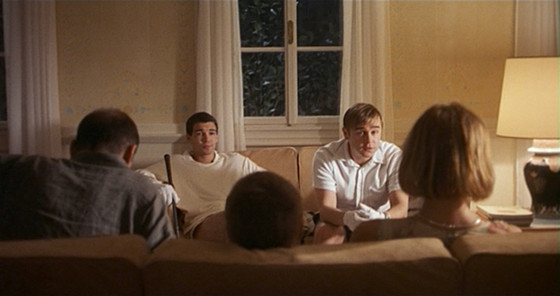
Funny Games (1997) is not a film in any sense one is familiar with; it’s more like an imagining of an ethical viewpoint, a visual regarding its creator’s ideals. Michael Haneke’s film is a critique of violence (outlined in his ‘Violence + Media’) and is, while ostensibly a suspenseful thriller film, is an act of intellectual grandstanding in what amounts to a profound yet pointless exercise.
The plot follows two young men holding an affluent Austrian family hostage in their lakeside summer home, where they slowly torture them with sadistic games. Funny Games is extremely violent and provoked much outrage from critics and audiences. It’s a relentless experience, all engineered by Haneke in pursuit of his mission statement. He believed that the prevalence of violence in media had essentially desensitised modern society, rendering people completely numb to shocking and terrible images.
We can view the killers’, then, as being examples of such people: they commit these atrocities because they ultimately mean nothing to them. They, Peter and Paul, frequently refer to each other as Beavis and Butt-Head, an allusion to the cartoon idiots obsessed with violence. Once the viewer starts to comprehend what Haneke’s portraying, it becomes hard to wrestle oneself out of the uncomfortable experience.
Haneke teases and taunts his audience, implying that the suffering they’re privy to in Funny Games is of their own doing; it’s our appetite for violence that has to be satiated, as it always has been.
The film frequently blurs the line between fiction and reality. For instance, Paul often breaks the fourth wall to comment on the unfolding action: when he sends the wife, Anna, to look for her dead dog, he turns and winks to the camera; when he asks the family to bet on their own survival, he asks the audience whether they will bet as well.
Then when it seems like the viewer will find a moment of respite, it’s immediately snatched away: when the wife, Anna, successfully shoots Peter, at a hopeful turning point in which she will now escape, Paul uses a remote control to rewind the film itself to eliminate her action. In the end, all three of their captives die.
Funny Games is a complete subversive act, Haneke’s twist on the typical American slasher films. He called it an anti-Tarantino film, for this director’s propensity for overblown violence is what he’s rallying against. It’s a cruel experience but perhaps a necessary one; Haneke’s film certainly provokes outrage but it should equally gain admiration.
5. Requiem For A Dream
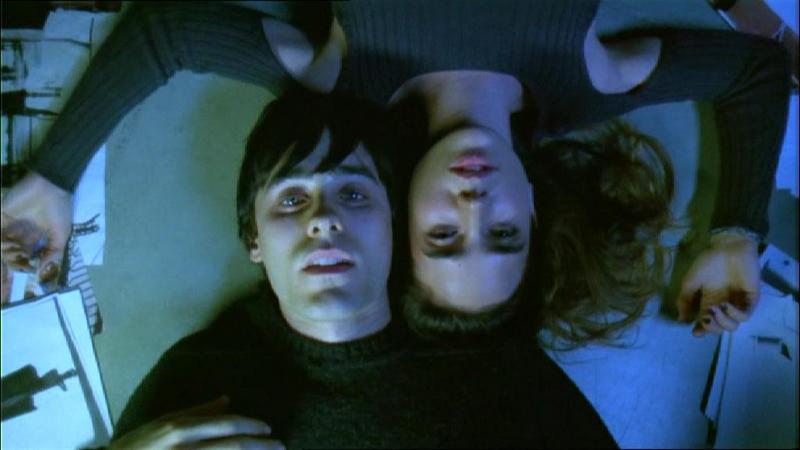
Often mentioned when discussions of the most difficult films of the 21st century arises, Requiem for a Dream (2000) is a drug film presented in a realistic way. Based on the excellent novel of the same name by Hubert Selby Jr (who co-wrote the screenplay), Darren Aronofsky’s film is an unflinching portrait of lives disrupted by drug abuse.
The director puts his filmic techniques to use in presenting life with intense addiction: he uses extremely short shots throughout, mirroring the characters’ desperate search for escape from their predicaments. Other stylistic choices like time-lapse photography and split-screen enhance the claustrophobic nature of the proceedings. The camera also serves to explore the characters’ state of mind under the influence of drugs, when time is disrupted and reality is distorted.
Much of the discomfort of watching Requiem for a Dream comes from the realism of the piece: there is no romanticizing of the characters’ lives to distance the viewer. Most viewers, as they watch the awful decline of the characters, will be able to empathise through understanding and knowledge; addiction, in whatever form it takes, is universal. The inclusion of Sara’s story is key, because it shows the ubiquity of addiction.
The experience of using heroin, mostly inaccessible to the common viewer, isn’t as representative as succumbing to diet , like Sara does and so many do. The greatness of Aronofsky’s achievement is in highlighting the people behind the drugs. We see their fragile mental states and understand that they are no different to us essentially. The film, in showing people with normal dreams and ambitions, unfortunately waylaid by addictions, makes for a relatable experience. It might be a film that can only be viewed once, but that one time will make for an intensely moving experience.